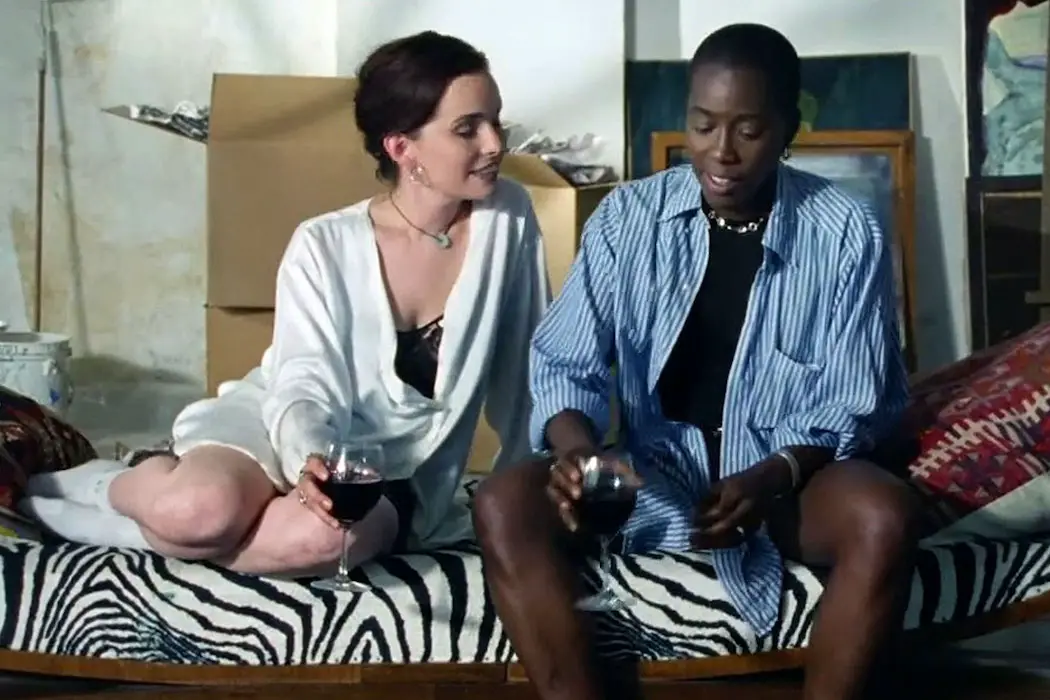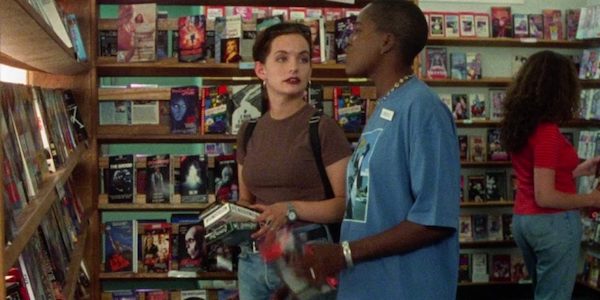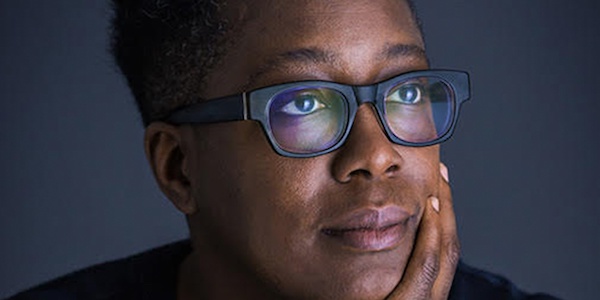Silence & Oppression: A Cheryl Dunye Retrospective

Lover of all things cinema, Hayden Welch is a Chicago-based…
While spending most of her adolescence in Philadelphia, PA, Cheryl Dunye, the pioneering lesbian icon, was hard at work producing some of the most instinctual and serene films of the early nineties. She has been a beacon for the LGBTQ+ movement and black filmmakers worldwide. Her presence extends past her identity, though most of her work has a laser focus on just that: her identity. She has proven time and time again that she can maneuver tight narratives and powerful messages with a shoestring budget. Dunye utilizes many cinematic powerhouses’ sensibilities within her own catalog; you can see the longing for metropolitan life and womanhood that mirrors Chantel Akerman in her early works, while in her later features you can sense a hint of Woody Allen’s sexually-oriented sardonic humor.
Shorts & Early Work
From Dunye’s first endeavor to her most recent, a clear throughline has been placed: one of proud and outward sexuality, difficult transitionary periods within youth, and a quick mouth. Watching Janice, Dunye‘s first attempt at film, you begin to realize that above all, Dunye is a storyteller, one that uses celluloid as a device to share her extremely unique experiences. From the get-go, it’s clear that this auteur is attempting to tear down the veil of privilege to examine, no matter the background, how difficult and harrowing it is for LGBTQ+ people, especially within the time her career sprouted. She uses extraordinarily vulnerable and autobiographical methods of narrative within pieces like Janice and Vanilla Sex.

While the vast majority of the most highly praised LGBTQ+ films within the canon — namely, My Own Private Idaho or But I’m a Cheerleader — uses a highly stylized and eccentric mode of filmmaking, Dunye takes a different approach by forming her own style, often credited as the “Dunyementaries.” These films mix both reality and fiction as our, often nameless, protagonist(s) tells a tale of living as a lesbian, with all the trials and difficulties that entails within an intolerant environment. In a time so inclusive as the one we live in now, it’s extraordinarily important to take a step back and look at the work of artists who needed to directly tell the audience what it is like to be a woman of color and a member of the gay community. As the gay rights movement progressed throughout the nineties so did Dunyes’ work, resulting in her opus: The Watermelon Woman.
Love, Sex, and The Watermelon Woman
No film, short or otherwise, in Dunyes‘ resume, resonates with critics and audiences as deeply as The Watermelon Woman. It’s a film rooted and exploding with love; love for cinema, love for black artists, and the love of two inexperienced women beginning their journey through young adulthood. The Watermelon Woman uses past oppression as a stepping stone for something better, finding a beautiful artist from one of humankind’s most shameful vices. Within this search for an artist from days gone by, the aptly named Cheryl – played by the director – goes through a journey of self-introspection and study of her history as a POC and as a filmmaker. As with every piece made previously, it’s incredibly clear that the amount of personal experience being presented on celluloid is abundant.

One of the most magnetic and electrifying elements of Cheryl Dunye’s films, and more specifically her early works up to and including this feature, is her honesty. She’s very rarely a filmmaker who feels that every intimate moment must be precisely framed or lit for studio effect. Rather, Dunye uses the imperfection of the moment to emphasizes this human aspect. One thing Dunye was always aware of was her impact, as she once said in an interview with Indiewire: “I did look at queer film history, I read Vito Russo, and found no mention of race. So I hope that my film spurs these younger people to think about their identities within the context of representation in the media.” The Watermelon Woman was, and still is in many ways, a necessary and much-needed work, and it’s clear as day both audiences and the artist behind it are aware of that fact.
Recent Dunye & What’s to Come
While Dunye has yet to become a household name outside the cinephile grapevine, she has still been creating digestible and concise hour-long features, notably, The Owls and Mommy is Coming. These low-budget adventures prove that this talented craftsman can still weave together tight and wondrous stories of tolerance and revelation with an hour runtime and virtually no budget to back her. The Owls in particular is a splendid departure into the noir genre that still captivates fans of her early work with the same messy and enthralling motifs. Mommy is Coming takes a more vulgar and raunchy approach to the LGBTQ+ rom-com genre, both fascinating works worth your time. When it comes to projects still in development, Dunye has been working on a feature-length adaptation of her 2014 short Black is Blue, the tale of a trans security guard in Oakland that is slated to release sometime this year.
Which films by Cheryl Dunye have you seen?
You can stream The Watermelon Woman, The Owls, Janice, Vanilla Sex, She Don’t Fade, The Potluck and the Passion, An Untiltied Portrait, and, Greetings from Africa now via The Criterion Channel.
Does content like this matter to you?
Become a Member and support film journalism. Unlock access to all of Film Inquiry`s great articles. Join a community of like-minded readers who are passionate about cinema - get access to our private members Network, give back to independent filmmakers, and more.
Lover of all things cinema, Hayden Welch is a Chicago-based film student and writer at DePaul University. He is a Rotten Tomatoes-approved critic who appreciates Twin Peaks, Bob Dylan, and all things outlandish.













